EATON Industrial Automation
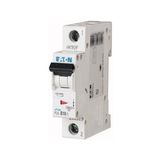

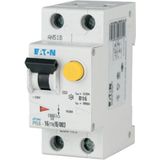
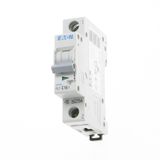
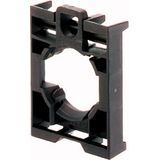
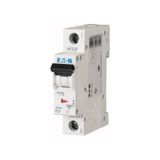
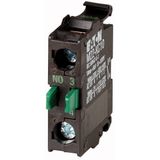

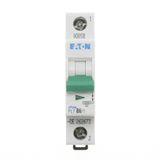


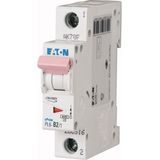
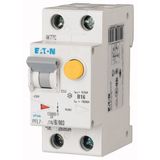
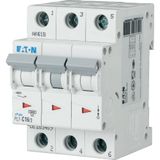
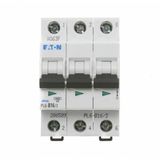
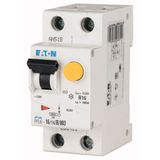
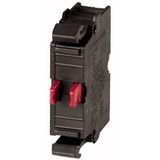
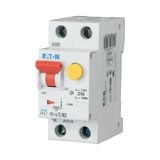

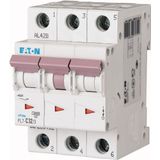
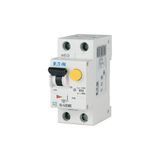
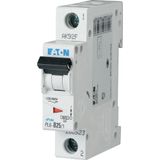
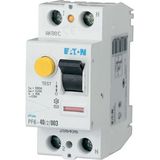




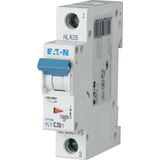


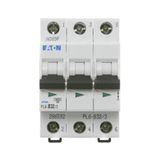


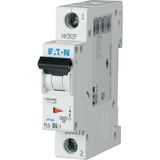
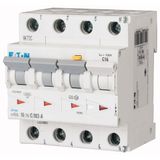
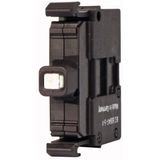

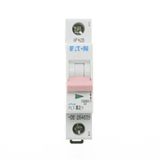
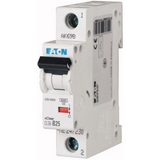
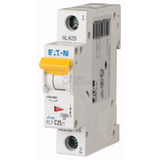
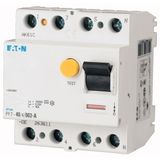
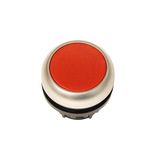


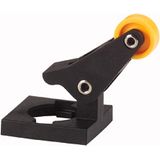


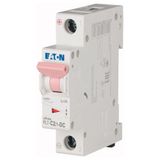
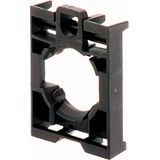

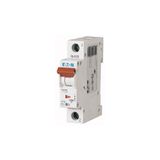

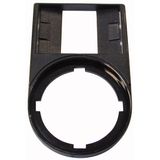
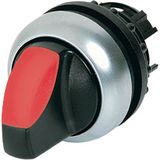

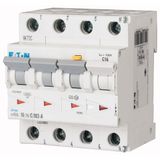
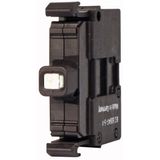
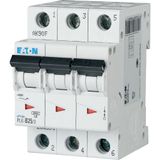
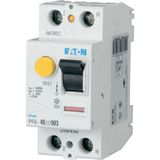
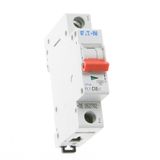
When a control panel fails, it’s rarely the PLC’s logic at fault. Most downtime comes from connectors, contact blocks, auxiliary modules, or field wiring that weren’t specified for the environment. This category brings together Eaton automation and control hardware as a coherent kit for panel builders, OEMs, and MRO teams: core logic (Eaton PLC and HMI control), field-level Eaton control devices, protection and Eaton machine control components, plus Eaton control and signaling and the necessary Eaton automation accessories to finish cabinets on schedule and within spec. The goal here is predictable installation, easy maintenance, and long service life in real plants — not lab conditions.
Scope of supply
- Eaton industrial automation backbone: PLCs, HMIs, distributed I/O, safety relays, gateways for standard industrial Ethernet topologies.
- Eaton control systems building blocks: motor feeders (breakers + contactors + overloads/SS), starters, interlocks, auxiliaries, timing/monitoring.
- Eaton control equipment / devices: 22 mm operators (pushbuttons, selectors, key switches), emergency stops, pilot lights, buzzers, joysticks.
- Eaton automation devices at the drive/interface layer: compact VFDs, soft starters, signal conditioners, power supplies.
- Eaton automation accessories: DIN-rail hardware, lens modules, contact blocks, marking plates, sealing boots, adapters, terminal jumpers, wiring sets.
Other Eaton products:
Technical characteristics checklist (what actually matters)
- Environmental class: IP rating of actuators, sealing boots for washdown/dust; -25…+70 °C typical ranges; UV/oil resistance where applicable.
- Electrical ratings: AC-15/DC-13 utilization categories for operator blocks; breaking capacity of motor protective breakers; contactor AC-3/AC-4 ratings.
- Mechanics: 22 mm mounting, anti-rotation notches, bayonet coupling, positive-opening NC contacts for E-Stop; tool-less contact block replacement.
- PLC/HMI: onboard I/O vs expansion, supported fieldbuses (EtherNet/IP, Modbus/TCP, PROFINET), cycle time, data logging, recipe handling.
- Drives/soft starters: overload class, integrated EMC filtering, STO terminals, parameter cloning options.
- Compliance: CE, UKCA, UL/cUL, EAC; SIL/PL for safety chains (where relevant); RoHS/REACH.
- Maintainability: clear labels, front-removable auxiliaries, common accessories across series, spare part continuity.
- Panel density: width per pole/module, heat dissipation, standard 35 mm DIN-rail, common busbars and feed-throughs.
Subcategory notes for buyers and engineers
Eaton control and signaling (operators & pilot devices) — distributor focus
If a line stops, operators touch these first. Priority points:
- Operators: metal/plastic bezels, illuminated/non-illuminated, guarded E-Stops with positive-opening NC.
- Contact blocks: snap-on NO/NC with mechanical interlock options; AC-15/DC-13 ratings clearly marked.
- Accessories: legend plates, protective boots, contact block separators, LED modules (24 V common), keyed selectors.
Result: faster commissioning, fewer nuisance trips, safer lock-out procedures.
Eaton machine control components (starters & feeders)
Motor circuits live or die by coordination:
- Motor protective circuit breakers with adjustable trip; short-circuit coordination with downstream contactors.
- Contactors/overloads sized by AC-3 current, coil control (24 V DC standard), and auxiliary contacts.
- Soft starters / compact VFDs for conveyors, pumps, HVAC — soft-start reduces mechanical stress; VFDs add energy and speed control.
This stack forms the heart of Eaton control systems in machinery
Eaton PLC and HMI control (logic & visualization)
For small machines, a nano/compact PLC with integrated I/O is often enough; for cells/lines, use modular CPU + remote I/O.
- Networking: choose PLCs that natively support your plant backbone (e.g., EtherNet-based protocols) to avoid extra gateways.
- HMI: size by readability (outdoor/indoor), recipe/audit needs, and remote diagnostics options.
- Engineering: consistent development environment, library reuse, diagnostic tags, and trend/logging built-in.
This is the decision hub of Eaton industrial automation projects.
Eaton control equipment / devices (the field layer)
- Limit switches, position sensors, cam switches; pick contact metallurgy for load type and expected duty.
- Interlocks with positive opening; door switches for access panels; compact relays for interface/isolating tasks.
- Wiring: pre-terminated harnesses reduce panel hours; ferrule-ready terminals make FAT/SAT faster.
Eaton automation devices (drives, power, interface)
- Drives: pay attention to STO, EMC class, overload capacity, and enclosure (IP20 in panel; higher IP near the machine).
- Power supplies: dimension for inrush, brown-out ride-through, and 150% peak (servo/valve bursts).
- Signal/interface modules: analog isolators, monitoring relays, network adapters for topology fit.
Eaton automation accessories (the small things that save hours)
DIN-rail spacers, bridging links, marking strips, RJ45 panel couplers, cable glands, multi-pin adapters, terminal jumpers. Cheap, but they decide whether a panel is neat, serviceable, and safe.
Practical deployment patterns
- Packaging line: PLC with EtherNet-based I/O, VFDs for conveyors, E-Stops every 6–8 m, beacon towers on stations, operator panels with recipe selection. Eaton control devices at every station keep wiring identical across modules.
- Pumping/HVAC: motor feeders in coordinated stacks; drives with PID; HOA selectors on door; door-coupling handles and interlocks for safe service.
- Food/chem washdown: stainless actuators or sealed operators, high IP, LED modules 24 V; segregated wiring and shielded patching near VFDs.
- Retrofit/MRO: drop-in operator heads fit existing 22 mm cut-outs; PLC with built-in web server for diagnostics; labeling kits to match legacy drawings.
Procurement insights — how wholesale buyers compare options
- Standardize coil/control voltage at 24 V DC across contactors, relay interfaces, LEDs, and PLC I/O. This slashes SKU count and spare stock.
- Coordination & selectivity: purchase motor breakers/contactors as tested pairs to guarantee short-circuit performance and cut fault-finding time.
- Operator family consistency: keep one 22 mm platform (bezels, contact blocks, lenses) across all lines; training and spares become trivial.
- Panel density vs. heat: narrower modules are good until thermal margins vanish. Pull real dissipation figures before packing rails.
- PLC/HMI lifecycle: check firmware roadmap, toolchain stability, and availability windows. Avoid unique one-off CPUs that disappear in 2–3 years.
- Documentation & labels: insist on device data sheets, wiring symbols, and engraving/marking options in the same shipment.
- Kitting: for OEM runs, kit per panel (starters, operators, labeling, terminals) to remove picking errors and speed assembly.
- Logistics: align deliveries with cabinet build stages — steelwork, rail/wiring, device install, test — to keep WIP moving.
- Spares policy: define minimum on-hand quantities for operators, contact blocks, auxiliary contacts, PLC I/O modules, VFD keypads, and fans.
- Compliance: verify CE/UL/EAC on the exact order codes; do not assume series-wide coverage.
Installation notes that cut commissioning time
- Use 24 V DC LED modules in pilot lights to match PLC outputs; add suppression (RC/diodes) on inductive loads to protect contacts.
- Separate power and control wiring; keep VFD motor cables away from PLC comms; use shield grounding at one end unless the drive vendor specifies otherwise.
- For E-Stops, use positive-opening NC, safety relays/PLC safety inputs, and dual-channel wiring; document reset logic on the HMI.
- On feeders, label door-handles and interlocks clearly; include auxiliary contacts for status back to PLC for diagnostics.
- Pre-terminate operator stations on bench fixtures; test lamp/contacts before mounting to the door — reduces rework in the cabinet.
Who benefits from this lineup
- OEMs & machine builders: consistent bill of materials across projects, faster FAT, fewer custom drawings.
- System integrators: reliable stock and familiar programming tools minimize onsite time.
- Plant maintenance: one shelf of spares fits 90% of line stops (operator heads, contact blocks, aux contacts, breakers, small relays).
Wholesale & distribution (EU-focused logistics)
We supply Eaton automation hardware as a unified B2B set: logic, Eaton control equipment, Eaton control and signaling, Eaton machine control components, Eaton PLC and HMI control, plus Eaton automation accessories to complete builds. Stock planning and staged deliveries are available across Europe (including the UK, Germany, Netherlands, Baltics, France, Spain, Belgium). Terms align with our published delivery and payment policy; project-based pricing applies on volume. If you’re consolidating a multi-panel order, we can kit per panel or per production batch to reduce warehouse touches.